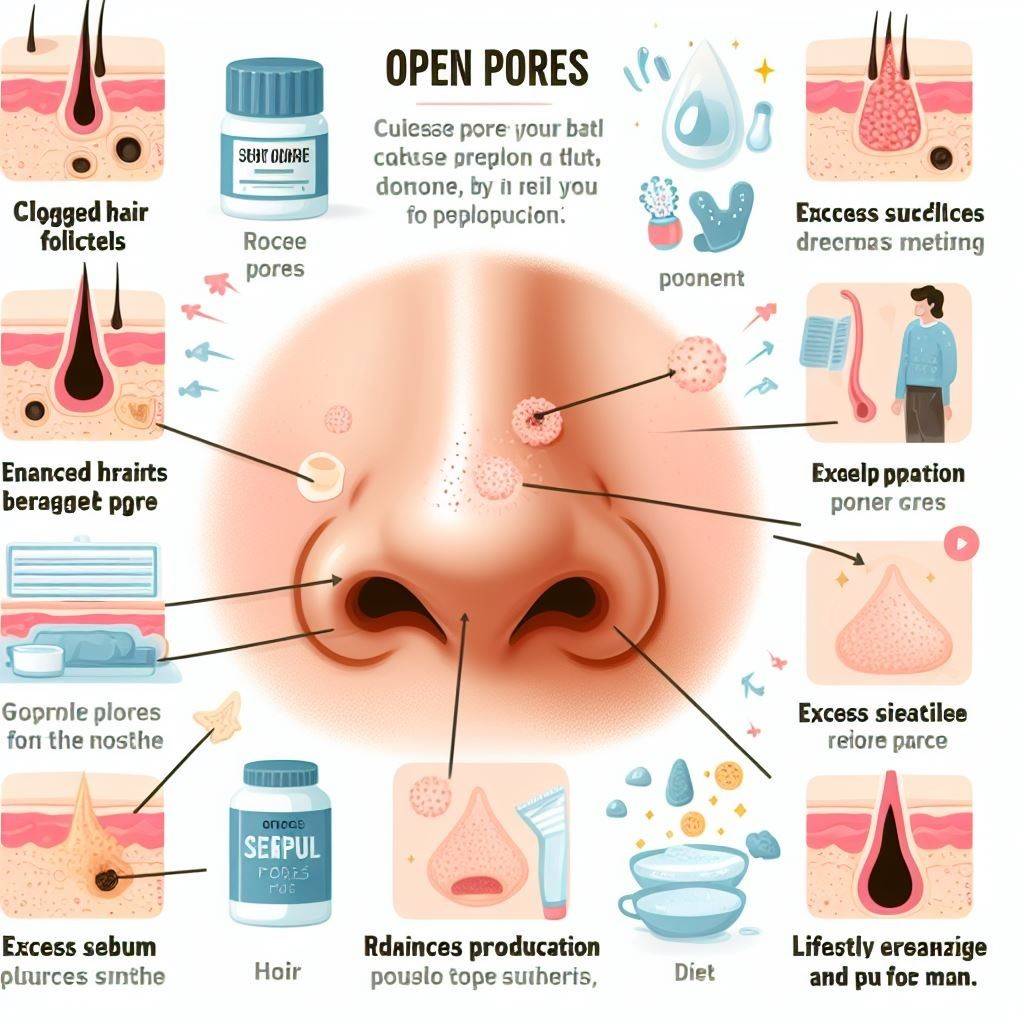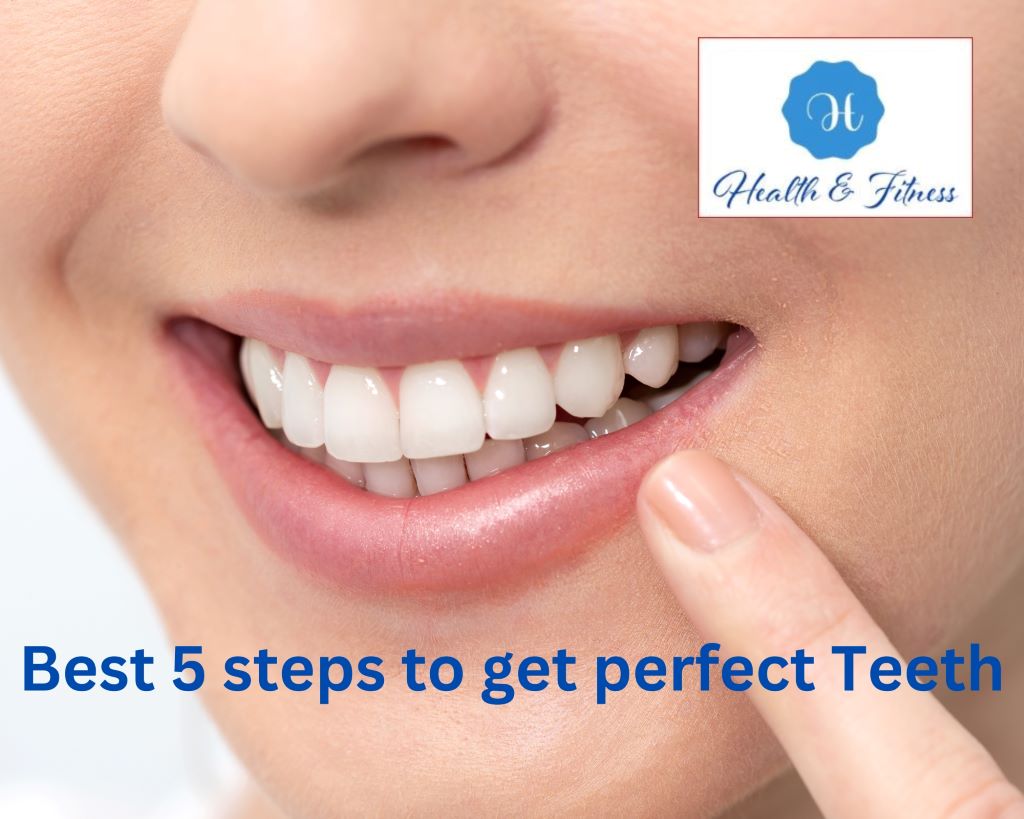Open Pores on Nose: Understanding Causes and Solutions
Discover causes & solutions for open pores on nose. Learn how to tackle this common skin concern effectively.
Key Takeaways:
| Cause | Description |
| Overproduction of Sebum | Excess oil can stretch pores and make them appear larger. |
| Clogged Pores | Built-up dirt, oil, and dead skin cells dilate pores. |
| Sun Damage | UV exposure breaks down collagen and elastin-supporting pores. |
| Aging | Loss of elasticity causes pores to lose their tight shape. |
| Genetics | Some individuals are simply predisposed to larger pores. |
What are open pores on nose?
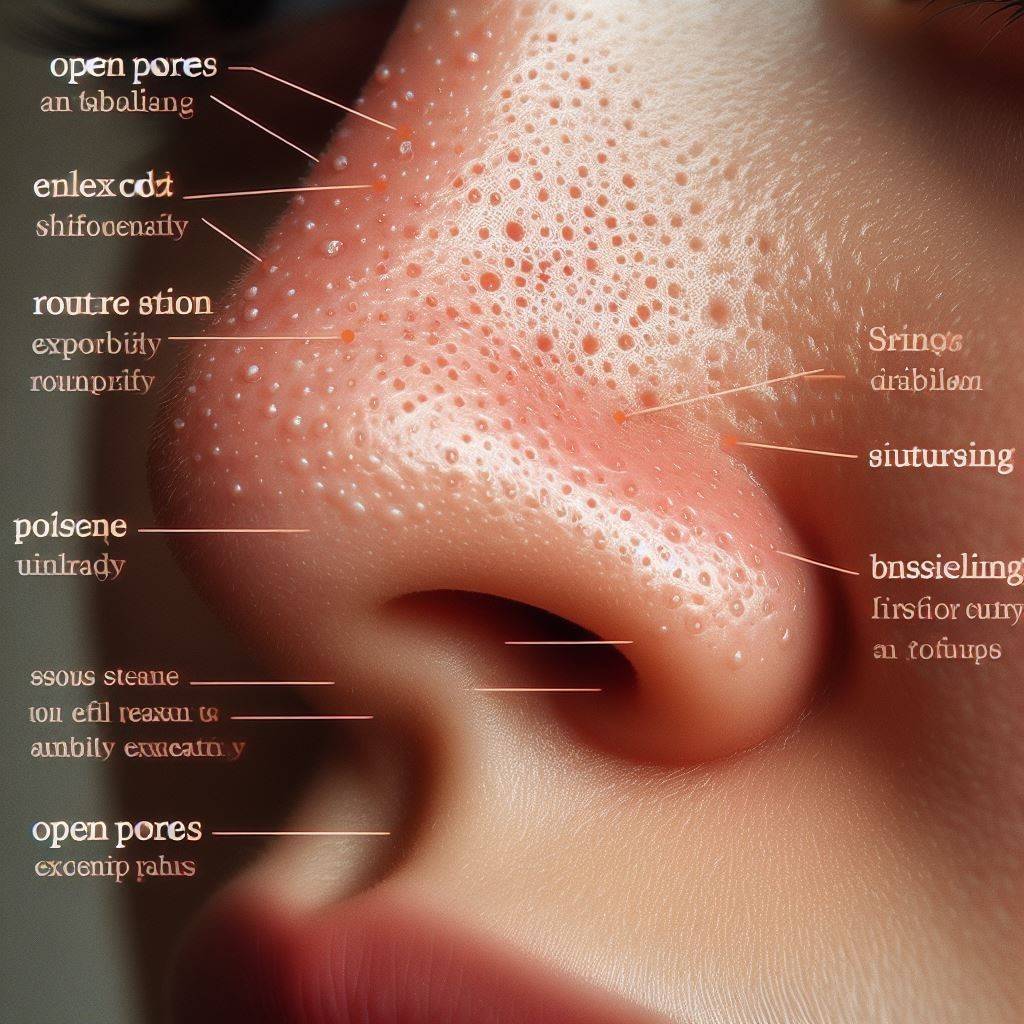
Open pores on nose are a common cosmetic concern where the pores on the nose appear visibly dilated, stretched, or enlarged. While pores are tiny openings in the skin that allow sweat and oil to escape, open pores can make the skin appear rough and bumpy and contribute to a shiny appearance.
Dealing with open pores on nose can be frustrating, but understanding the underlying causes is key to finding an effective solution. In this comprehensive guide, we’ll explore the reasons behind visible pores on the nose and share dermatologist-approved tips for minimizing their appearance.
What causes open pores on nose?
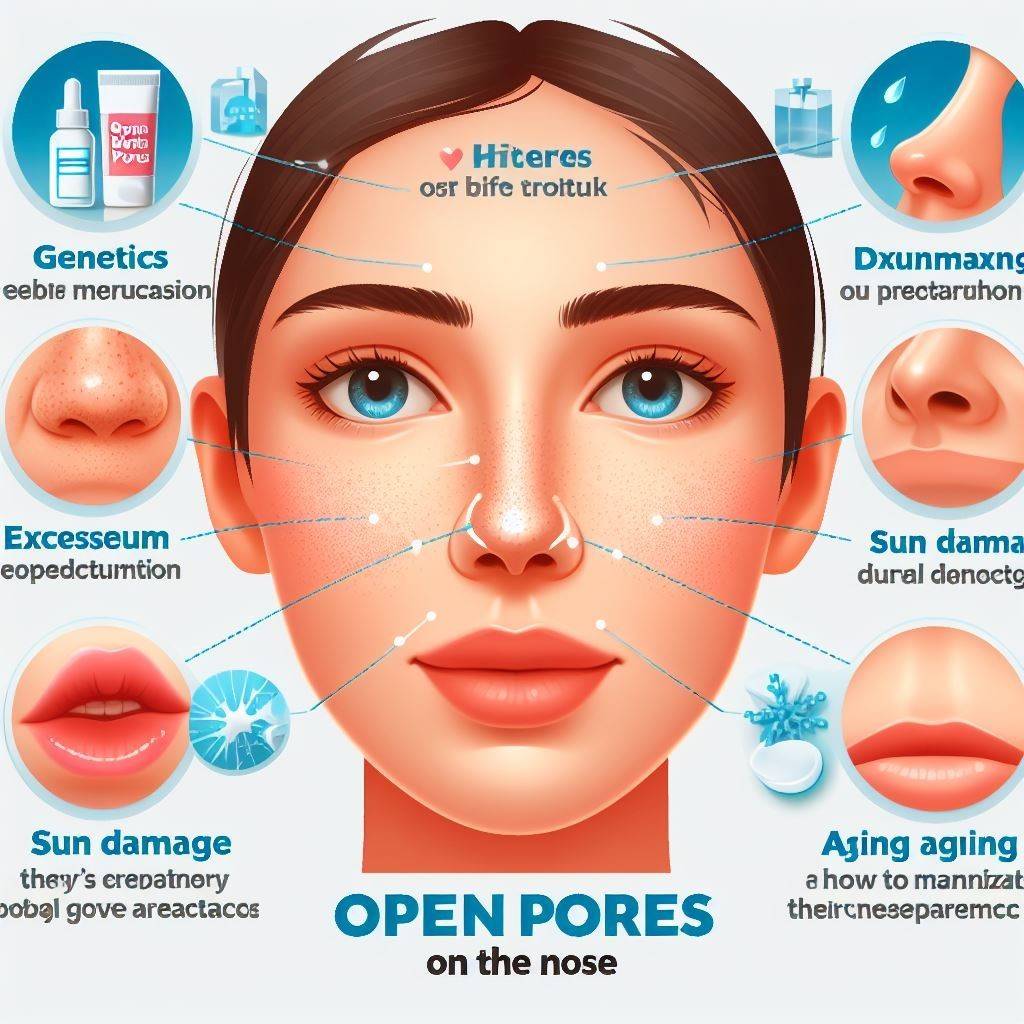
Several potential factors can lead to open pores on the nose, including:
- Overproduction of Sebum
The nose contains a higher concentration of sebaceous glands, which produce the skin’s natural oil (sebum). When these glands become overactive and produce excess sebum, it can stretch out pores and make them appear larger.
Hormonal fluctuations, certain medications, and using overly heavy or comedogenic skin care products can all contribute to increased sebum production.
- Clogged Pores
Clogged or obstructed pores occur when dead skin cells, dirt, oil, and other impurities become trapped within the pore lining. As these substances build up, they can cause the pores to dilate and appear more open.
Poor cleansing habits, heavy makeup use, and not removing makeup properly can all increase the risk of pore blockages.
- Sun Damage
Prolonged exposure to UV radiation from the sun can break down the skin’s supportive collagen and elastin fibers over time. As these structural proteins deteriorate, pores lose their ability to remain tight and small, resulting in a stretched, open appearance.
Lack of proper sun protection is a major culprit behind visible pores.
- Aging
Like sun damage, the natural aging process also depletes collagen and elastin levels in the skin. As we get older, the fibers around the pore walls become weaker and less able to hold their shape, causing pores to dilate.
Loss of skin elasticity is an inevitable part of aging that can lead to more noticeable pores.
- Genetics
For some individuals, open pores on nose are simply a genetic predisposition. Those with naturally thicker skin, larger pore sizes, and higher sebum production levels may struggle with visible pores regardless of skin care habits or environmental factors.
- Skin Picking or Harsh Treatments
Squeezing pores, picking at blackheads, or using harsh scrubs can irritate and stretch out pores over time. Treat the delicate pore area gently and avoid overly aggressive extractions or exfoliation methods.
Effective Solutions for Minimizing Open Pores
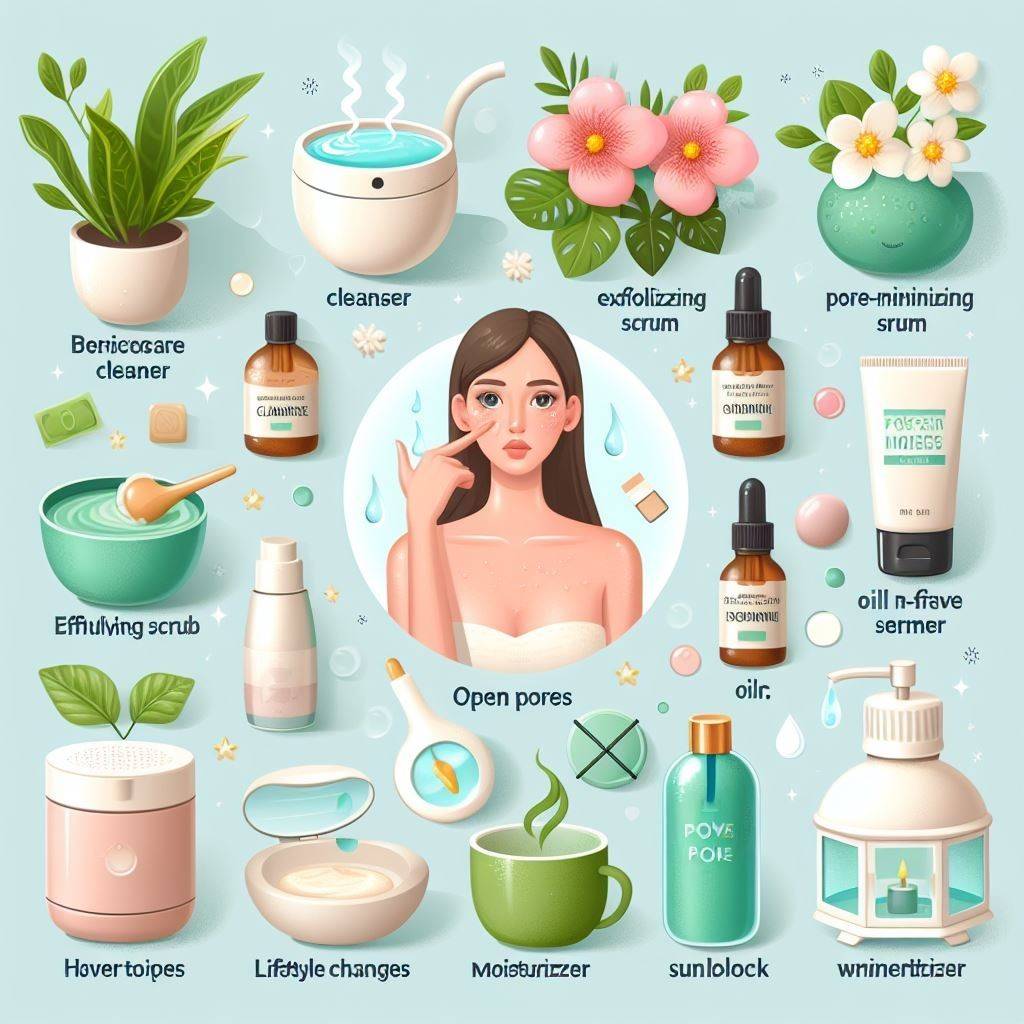
While you can’t permanently shrink or eliminate pores, a consistent skincare routine combined with professional treatments can help minimize their appearance. Here are some proven solutions:
- Use a Salicylic Acid Cleanser
Salicylic acid is a beta-hydroxy acid that helps remove excess oil and gently exfoliate dead skin cells to keep pores clear. Look for a daily facial cleanser containing 0.5-2% salicylic acid.
Some examples of effective salicylic acid cleansers include:
- La Roche-Posay Effaclar Medicated Gel Cleanser
- CeraVe Renewing SA Cleanser
- Neutrogena Oil-Free Acne Wash
- Incorporate Retinoids
Retinoids increase cell turnover and boost collagen production to keep pores tight. Look for over-the-counter retinol creams or get a prescription retinoid from a dermatologist for more potent results.
Popular OTC retinol products:
- The Ordinary Granactive Retinoid 2% in Squalane
- Olay Regenerist Retinol24 Night Moisturizer
- RoC Retinol Correxion Max Daily Hydration Crème
- Try a Clay Mask
Clay masks like those made with kaolin or bentonite can help absorb excess oil and draw out impurities from clogged pores. Use it 1-2 times per week.
Some top-rated clay masks:
- Innisfree Volcanic Color Clay Mask
- Aztec Secret Indian Healing Clay
- SkinCeuticals Clarifying Clay Masque
- Exfoliate Regularly
Gentle exfoliation with alpha-hydroxy acids like glycolic acid or lactic acid helps slough off dead skin cells that can clog pores. Start with lower concentrations if new to chemical exfoliants.
Exfoliating product recommendations:
- The Ordinary Lactic Acid 10% + HA
- Pixi Glow Tonic with 5% Glycolic Acid
- First Aid Beauty Facial Radiance Pads
- Don’t Over scrub
While exfoliating is important, avoid overly aggressive scrubbing, which can irritate the skin and make pores appear more pronounced. Stick to gentle chemical exfoliants and soft cleansing tools.
- Wear Sunscreen Daily
Protecting your skin from UV damage with a broad-spectrum SPF 30+ sunscreen is crucial for preventing collagen breakdown that leads to open pores.
Sunscreens ideal for oily/acne-prone skin:
- EltaMD UV Clear Tinted Sunscreen
- La Roche-Posay Anthelios Mineral Tinted Sunscreen
- CeraVe AM Facial Moisturizing Lotion SPF 30
- Consider Professional Treatments
For more stubborn enlarged pores, professional treatments like chemical peels, microneedling, or laser resurfacing can provide a more dramatic improvement.
Popular in-office treatments include:
- Glycolic acid peels
- Micro pen micro needling
- Fryxell laser resurfacing
- Intense pulsed light (IPL)
Tips for Camouflaging Open Pores
In addition to treating the underlying causes, there are also makeup techniques to minimize the look of pores temporarily:
- Use a pore-blurring or mattifying primer before the foundation.
- Choose a full-coverage, silicone-based liquid foundation.
- Set makeup with a finely milled translucent powder.
- Use a pore-filling product like Benefit Professional
- Apply makeup with a damp makeup sponge for a seamless finish.
Open Pores on Nose Prevention Tips
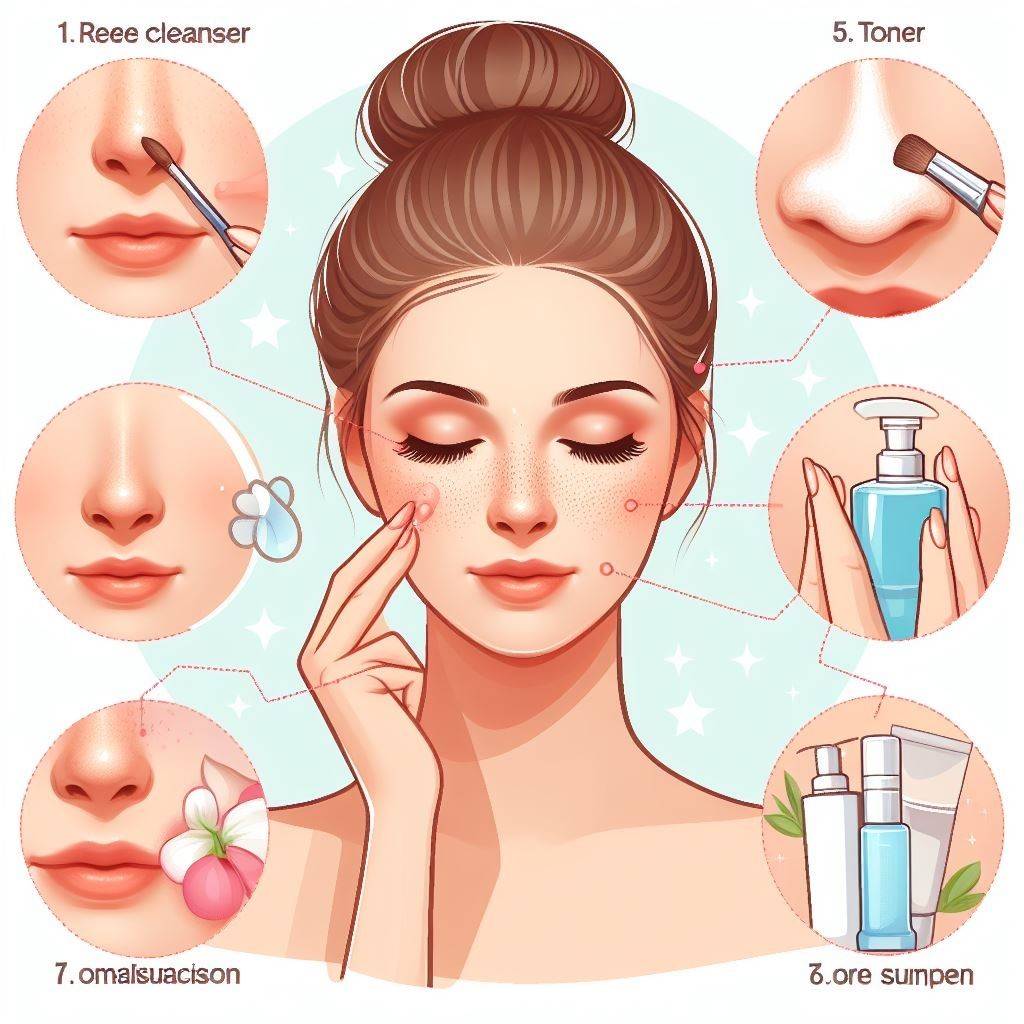
While not all pore enlargements can be prevented, following some simple skincare habits can help keep pores clear and minimized:
- Cleanse daily to remove oil, dirt, and makeup.
- Exfoliate 1-2 times per week.
- Use non-comedogenic, oil-free products.
- Wash make-up off before bed.
- Drink plenty of water to stay hydrated.
- Manage stress levels.
- Don’t squeeze or pick at pores.
- Avoid heavy, occlusive skincare or makeup.
Frequently asked questions
How do I get rid of the pores on my nose?
Unfortunately, you cannot completely get rid of pores on your nose since pores are a natural part of the skin. However, you can make them appear minimized and less noticeable through a consistent skincare routine tailored to your skin type. Using ingredients like salicylic acid, retinoids, and gentle chemical exfoliants can help clear out clogged pores and promote a smoother appearance. Professional treatments like chemical peels or microneedling can also provide more dramatic improvement for stubborn enlarged pores.
Why do I have so many open pores on my nose?
There are several potential reasons for having visibly open pores on the nose. The nose has a higher concentration of sebaceous glands that produce oil, so excess oil production can stretch out pores. Clogged pores from dirt, dead skin cells, and impurities can also make them appear more dilated. Sun damage over time breaks down the collagen and elastin that help keep pores tight. For some, it may simply be due to genetics and naturally larger pore sizes. Aging also causes a loss of elasticity around the pores.
How do you close open pores naturally?
While you can’t permanently close pores, some natural tips to minimize their appearance include using clay masks to absorb excess oil, exfoliating with gentle alpha hydroxy acids, and steaming your face to help loosen clogs. Extracts like witch hazel, tea tree oil, and niacinamide can also help regulate oil production. Be sure to cleanse daily, avoid pore-clogging products, and wear sunscreen to prevent further damage. Staying hydrated and managing stress may help too.
Can open pores be cured?
No, open or enlarged pores cannot be completely “cured” or eliminated since pores are a normal part of the skin’s anatomy. However, their appearance can be significantly minimized and improved with the right approach. This involves keeping pores clear of oil, dirt, and debris through regular exfoliation and using ingredients that regulate oil production and boost collagen levels around the pores. In-office treatments provide the most dramatic improvement, but pores cannot be permanently closed.
Conclusion
Open pores on nose are a common complexion concern caused by factors like excess oil, clogged pores, sun damage, aging, and genetics. While pores cannot be permanently closed or eliminated, a consistent skincare regimen incorporating ingredients like salicylic acid, retinoids, and gentle exfoliants can help minimize their appearance.
Professional treatments provide more dramatic improvement for stubborn open pores. Avoiding pore-clogging products, using sunscreen, and following a simple cleanse-treat-moisturize routine tailored to your skin’s needs is key to keeping pores clear and tight. With the right approach, the look of dilated nose pores can be significantly improved.

